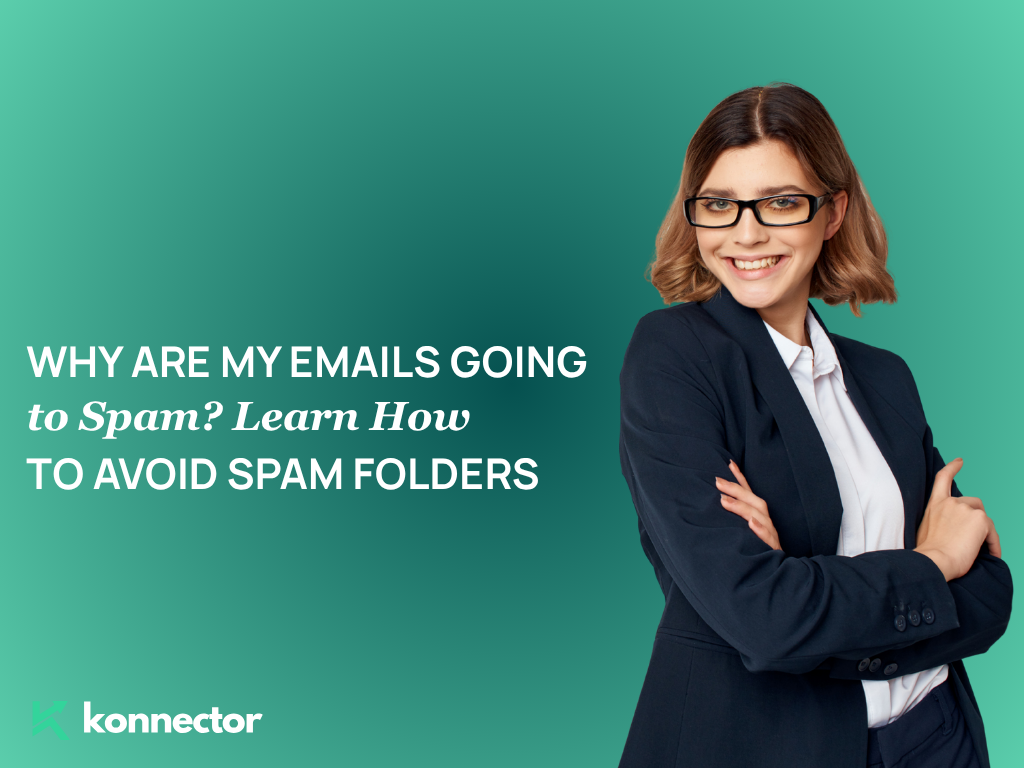In sales, timing is everything. And so is the follow-up.
A thank-you email may seem like a small gesture, but for Sales Development Representatives (SDRs), it’s a powerful tool. It’s where deals are nudged forward, trust is reinforced, and future meetings are made possible.
In this guide, we’ll break down exactly how to write a thank-you email that feels thoughtful—not templated. We’ll include specific use cases across industries like cybersecurity and B2B SaaS, templates, and smart tools (like Konnector.AI) that can automate this without sounding robotic.
Why Thank You Emails Matter in Sales
For SDRs, especially those navigating enterprise deals, sending a thank-you email isn’t just polite—it’s tactical.
Here’s why it matters:
- It reinforces the value you bring. Reminding the prospect of a key benefit or insight keeps your offer top-of-mind.
- It sets the tone. A well-written thank-you reflects your communication style—professional, timely, clear.
- It builds momentum. Especially if the first meeting went well, your follow-up keeps the ball rolling.
“In B2B SaaS and cybersecurity, it’s often the SDR’s follow-up—not the product pitch—that moves the deal to the next stage.”
What Makes a Great Thank-You Email?
A thank-you email should hit five core notes:
- Gratitude: Keep it sincere and specific.
- Context: Recap what was discussed, especially if there was a strong hook.
- Value: Offer something additional—insight, resource, next step.
- Clarity: Keep it under 200 words if possible. Edit out fluff.
- CTA: Be clear about what you’d like them to do next.
SDR Use Case 1: Thank-You After Intro Meeting
Let’s say you’re an SDR working for a cybersecurity platform.
You just had a first call with a CISO from a mid-sized enterprise.
Your email might sound like this:
Subject: Great Speaking With You – Cybersecurity Conversation
Hi [First Name],
Thanks again for your time today—I appreciated hearing about your current security stack and the challenges your team faces with endpoint visibility.
Based on what you shared, I’m confident our solution could help reduce threat detection time and simplify compliance. As promised,
here’s a [case study link] from a client in your space.I’d love to schedule a deeper dive next week—does Thursday afternoon work for you?
Best regards,
[Your Name]
SDR Use Case 2: Post-Demo Thank-You (B2B SaaS)
You just finished a 20-minute product demo for your SaaS CRM. The lead was interested but non-committal.
Use this email to nudge them:
Hi [First Name],
Thank you for taking time to explore [Product Name] today. I enjoyed walking you through how [Feature] could help your sales team cut manual work and improve follow-up conversion.
I’ve attached a short success story from a sales org similar to yours.
Let me know if you’d like a sandbox trial set up—we’d be happy to tailor it for your use case.
Cheers,
[Your Name]
Other Common Scenarios (Insert These Keywords Smartly)
Let’s explore more types of thank-you emails and when to use them:
- Thank you email for collaboration: After co-marketing activities, partner webinars, or integrations.
- Thanks email to client: Sent after a quarterly review or strategy meeting.
- Thank you for partnership email: Ideal for acknowledging milestones with resellers or channel partners.
- Thank you email to clients: Great for holidays, renewals, or when expressing appreciation.
- Thank you for collaboration email: Useful post-project or joint case study release.
These moments build rapport and long-term retention. They show your clients they’re not just numbers—they’re collaborators.
How to Tie in LinkedIn + Email
If you’re using tools like Konnector.AI, here’s a high-performing flow:
- Email: Send a thank-you note right after your call.
- LinkedIn Engagement: Like or comment on the client’s most recent post.
- DM Follow-up: Reference the email and offer a resource via direct message.
- Smart Scheduling: Use Konnector to trigger the next touchpoint 3–4 days later.
This way, your touchpoints feel human—but you never forget to send them.
Bonus Tips for SDRs Writing Thank-You Emails
- Don’t be robotic. Write like you’d speak if you were being recorded.
- Use merge tags smartly. Personalization shouldn’t just be {first name}. Mention a specific detail from the conversation.
- Always offer something. A case study, article, or offer to help. It makes your message feel generous, not generic.
- Use bullet points. If you’re summarizing a conversation, keep it skimmable.
Expert Guide: How the Pros Write Thank-You Emails
Want to sharpen your structure even more?
Check out this step-by-step guide by Indeed on how to write professional thank-you emails.
It covers what to include, when to send it, and example scenarios.
Conclusion: It’s a Small Act That Yields Big Results
Whether you’re writing a thank-you email to a new lead, a loyal client, or a long-term partner—what matters is the intent behind it. Gratitude creates connection. Relevance creates action.
“People remember how you made them feel. A thank-you email is your digital handshake. Make it count.”
If you want to build smart, automated sequences that still feel human, check out how Konnector.AI helps SDRs create thank-you emails and LinkedIn follow-ups—at scale, without losing your voice.

11x Your LinkedIn Outreach With
Automation and Gen AI
Harness the power of LinkedIn Automation and Gen AI to amplify your reach like never before. Engage thousands of leads weekly with AI-driven comments and targeted campaigns—all from one lead-gen powerhouse platform.






